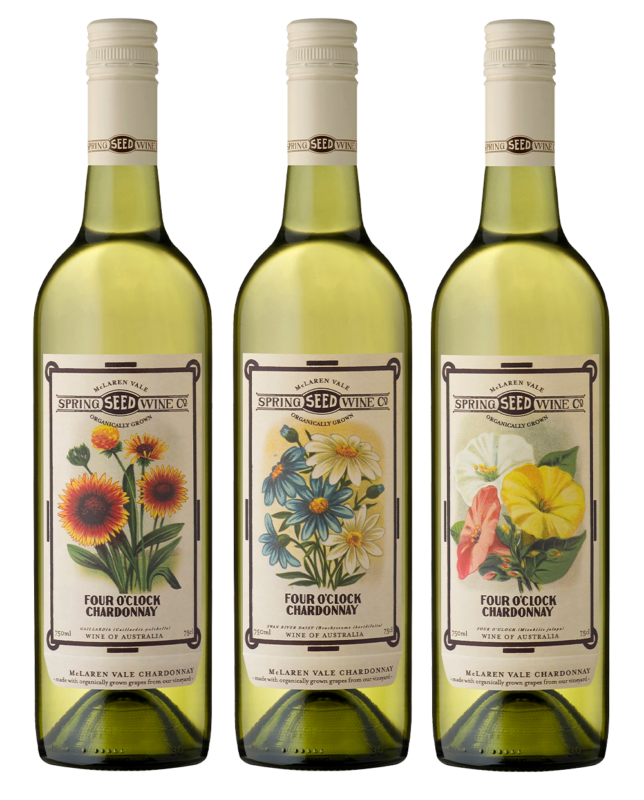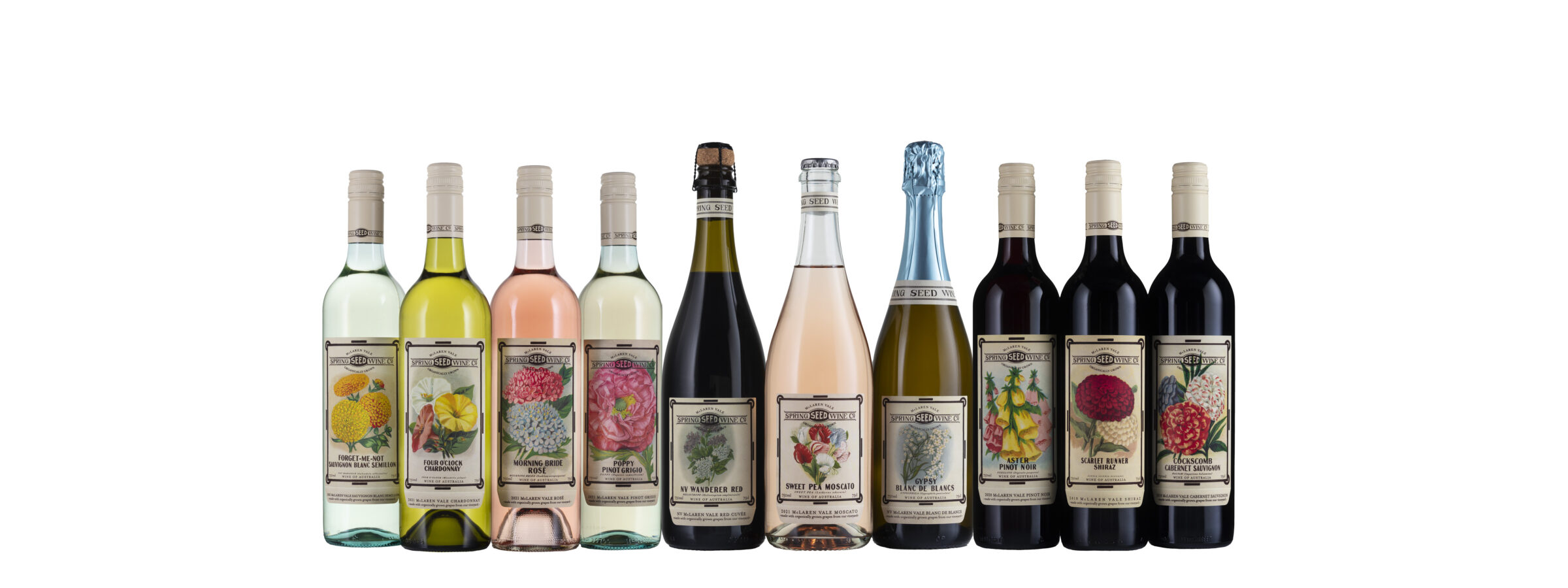
Four O’Clock Chardonnay 2014
Tasting Notes
Four O’clock Chardonnay is all about stone fruit (nectarine), citrus and purity of flavour. None of the wine spent any time in oak so what you are basically getting is essence of Chardonnay, without too much winemaking artefact. Keeping it simple, that is. This particular drop is best served lightly chilled as an aperitif, with a nice free range roast chook or with an old school mushroom risotto.
Vintage
Vintage 2014 was a season of extremes for us all in McLaren Vale. We had great winter rains which gave us a full soil profile in time for a dry and windy spring. They don’t call it windy Willunga for nothing – I think if we’d had a set of wind chimes on the property, we would have heard them all day and night from September to January. We had a series of very hot days in January, followed by about 45mm of rain over a 48 period in early February which slowed ripening of our red grapes right down. We had picked all of our white grapes prior to the rain ‘event’ and so we had a decent break between whites and reds, like the good old days. There was no splitting of any of the grapes left on the vine after the rain, mercifully, either. Joch’s analysis of 2014 is that it was a gentleman’s vintage – everything came in slowly and in order, not like the mad rush of 2013. Every vintage is different; truism of our time, and of our industry.
Winemaking
That rather clichéd saying which reads, ‘the whole is greater than the sum of its parts’ rings very true for the Four O’clock Chardy. We make the wine from several components, all of which have been picked, handled and fermented separately. We do this to add complexity and a bit of intrigue to what is basically a single vineyard wine. All components are handled oxidatively, however, and we make sure the different parcels are treated with kid gloves. We allowed one batch to go through a wild ferment, while the others went through a slow, temperature controlled ferment in stainless steel. We want to protect the delicate Chardonnay aromatics, and ensure they make it into the bottle. After all batches have gone through primary fermentation, we keep them on solids for as long as we can and try our damndest to prevent the wine going through secondary malolactic fermentation, because we want to preserve the natural citrusy acidity.
Other Vintages
Technical Details
Picking Date: 12th and 13th February 2014
pH: 3.34
Total Acidity: 6.87 g/L
Alc/Vol: 13.0%
Bottling Date: 29th July 2014
